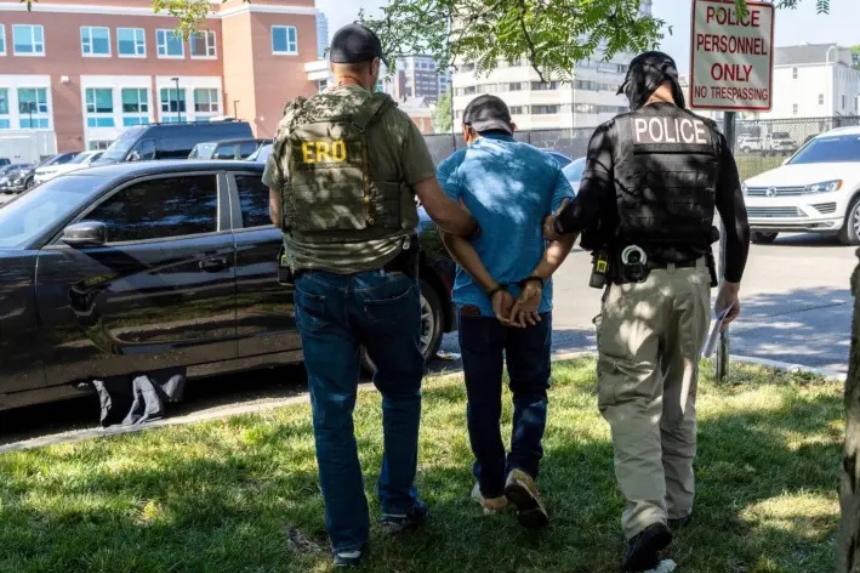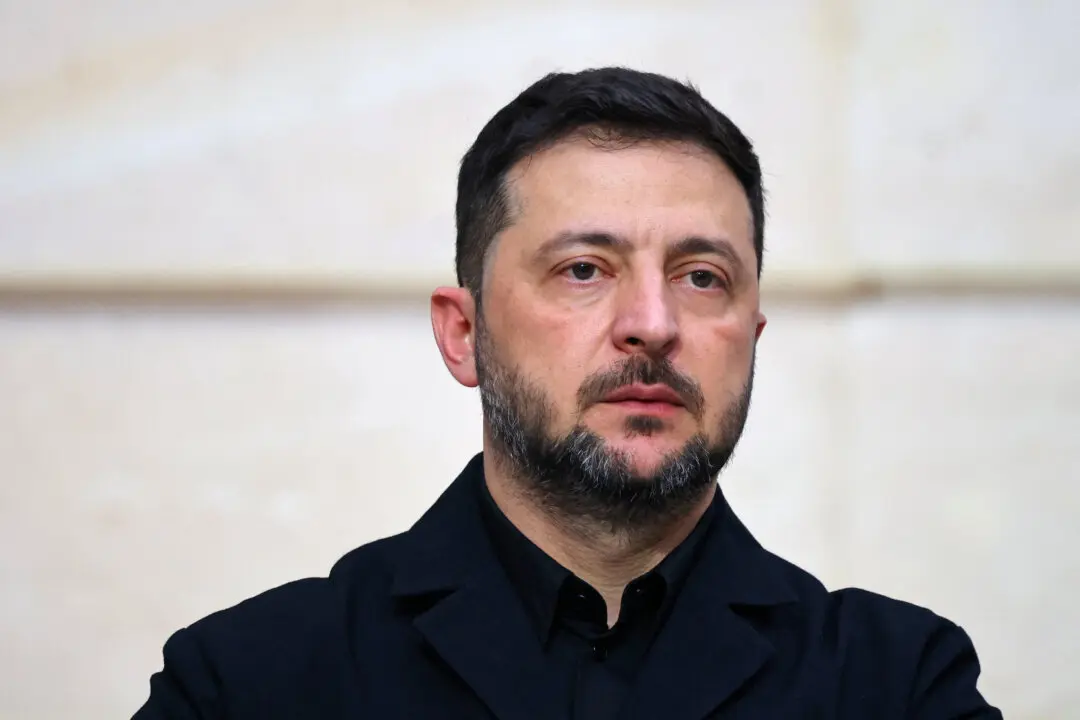The head of a quango that maintains England’s motorways has admitted only 13 of 150 emergency stopping areas (ERAs) have been installed since the prime minister put up the funding to retrofit them to the controversial smart motorways.
Nick Harris, chief executive of National Highways, was giving evidence to Parliament’s Transport Committee on Wednesday.
In April 2023 Prime Minister Rishi Sunak announced the cancellation of further plans to convert motorways to all-lane running (ALR) smart motorways, which do not have a hard shoulder.
He said it was owing to cost pressures and a lack of confidence among road users.
Mr. Sunak refused to reinstate the hard shoulder on existing smart motorways but promised £900 million towards retrofitting them with 150 extra ERAs.
Mr. Harris told MPs he was “confident” the remaining ERAs would be installed by the end of March 2025.
Last week Mr. Harris visited a site on the M6 where an ERA is being put in and he told the committee, “Having done the visit, met the alliance of contractors working on the programme, I am confident that we will deliver the 150 by the end of the road period.”
“There’s a lot of planning required for a number of reasons. We want to make sure that they’re going into the most appropriate locations where they will add to safety,” he added.
Coroner Warned of ‘Risk of Future Deaths’
On June 7, 2019 Jason Mercer, 44, and Alexandru Murgeanu, 22, were killed when they were hit by a lorry on a smart motorway section of the M1 in South Yorkshire.In January 2021, after an inquest into their deaths, coroner David Urpeth said smart motorways possessed “an ongoing risk of future deaths.”
Roads minister Guy Opperman told the committee, “It is very important that we ensure that the delivery of all the extra safety measures … is delivered at pace and that we are ensuring the safety of these particular roads.”
Speaking after the hearing, the president of the AA, Edmund King, said, “We have stated for more than a decade that these smart motorways should never have been developed or opened without full safety features in place to start with.”
“In the original M42 trial, the emergency areas were spaced at every 500 metres but when rolled out, without any consultation, they shifted the goalposts as the spacing was moved to every 2,500 metres [1.6 miles],” he added.
He said, “There is a certain irony that £900 million is being spent to retrofit safety onto smart motorways.”
“The additional 150 emergency areas, when constructed, should slightly improve the chances of being able to stop in a relative place of safety but reintroducing a hard shoulder together with emergency areas would be the safest move,” he said.
“It is disappointing that just 13 of the forecast 150 emergency areas have been opened but at least National Highways said they were confident of completing them within the designated time scale.”
A National Highways report published last month revealed smart motorways were three times more dangerous to break down on than those with a hard shoulder.







